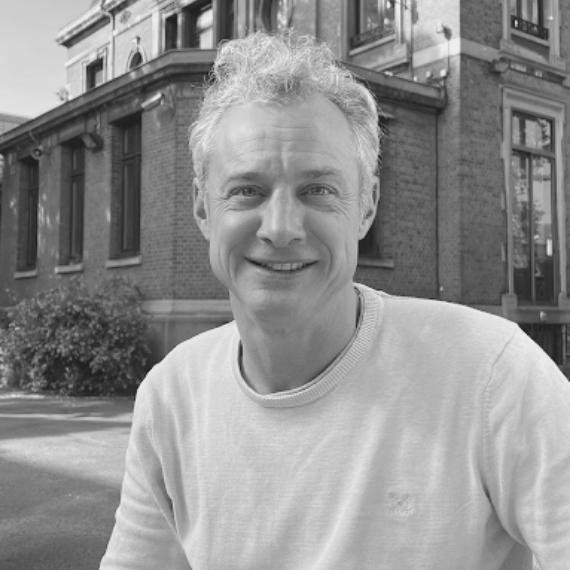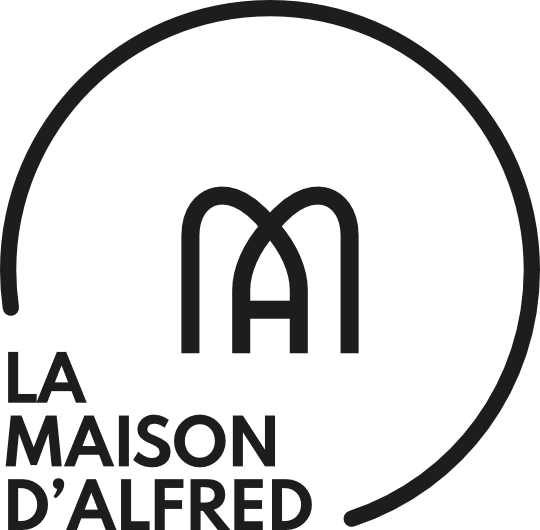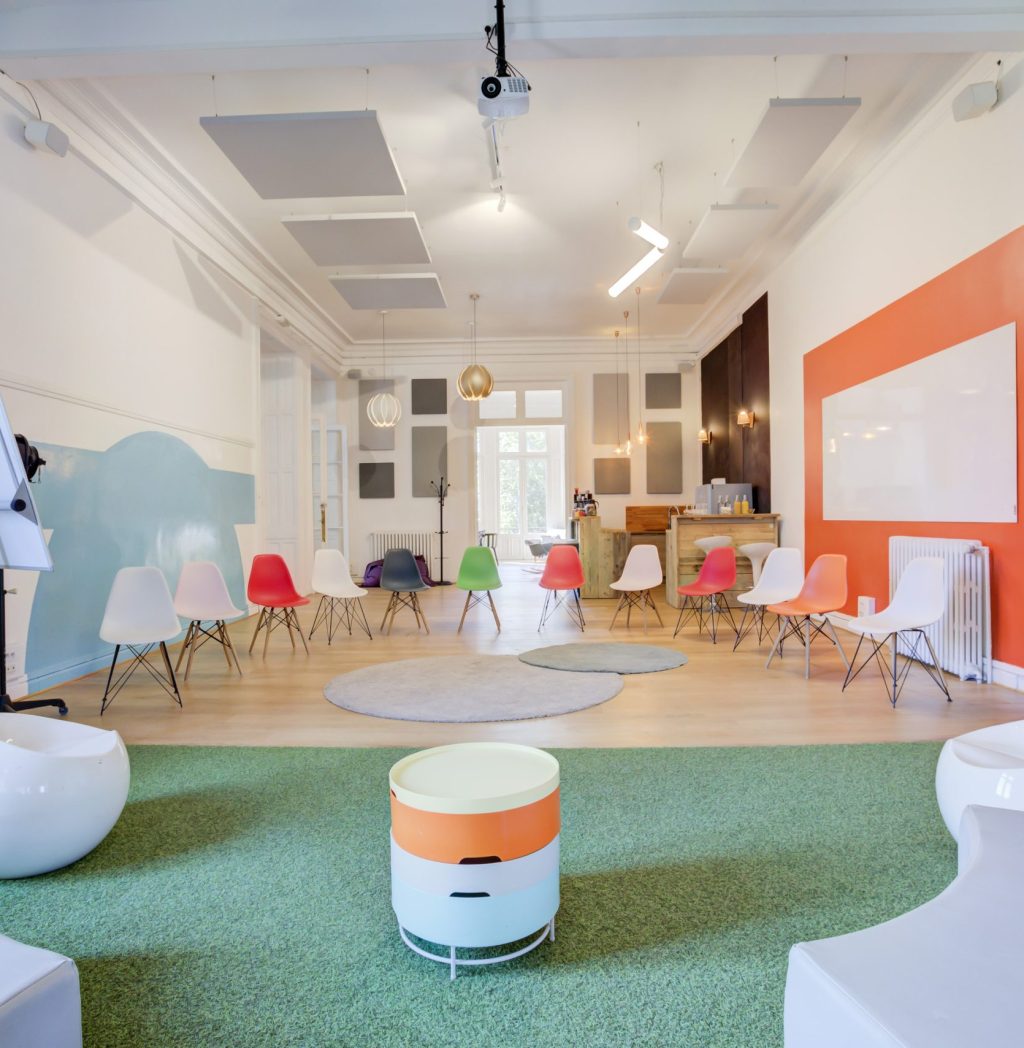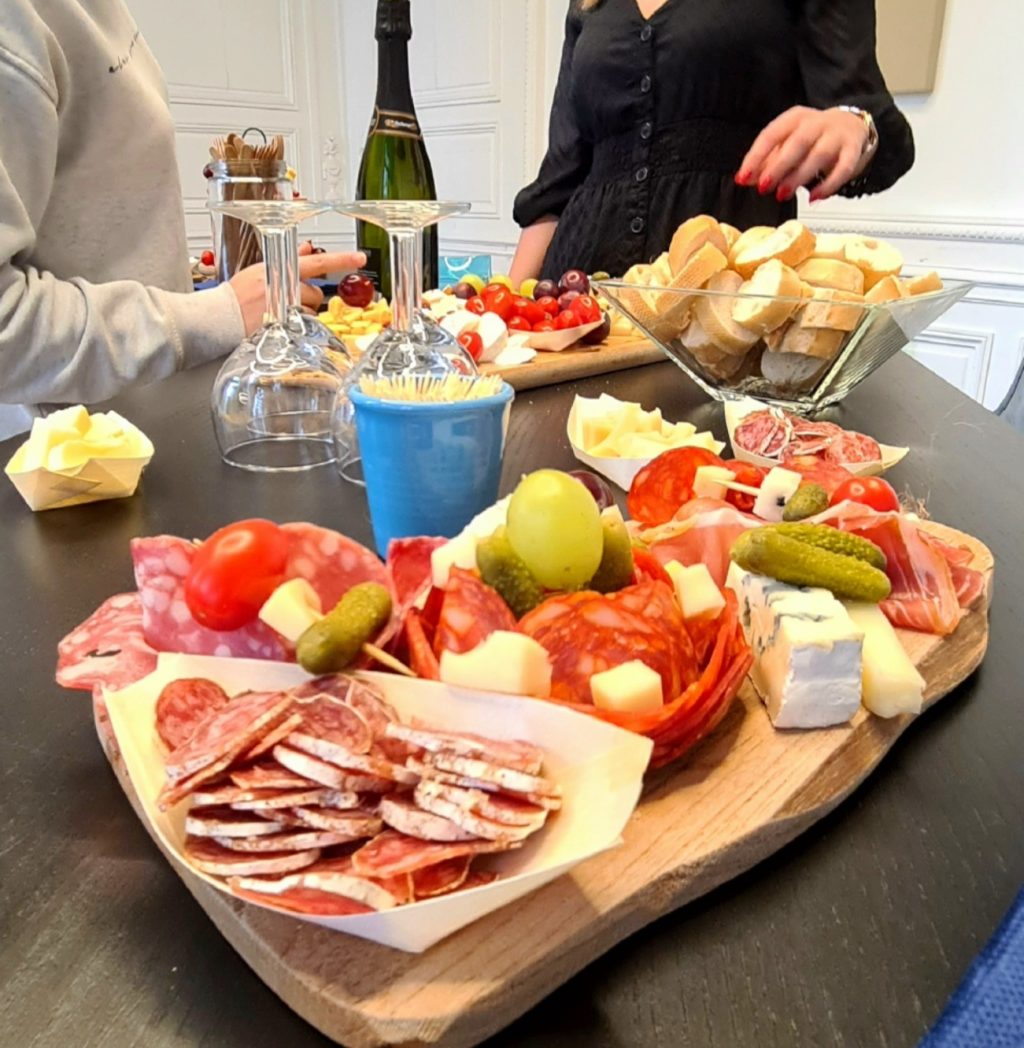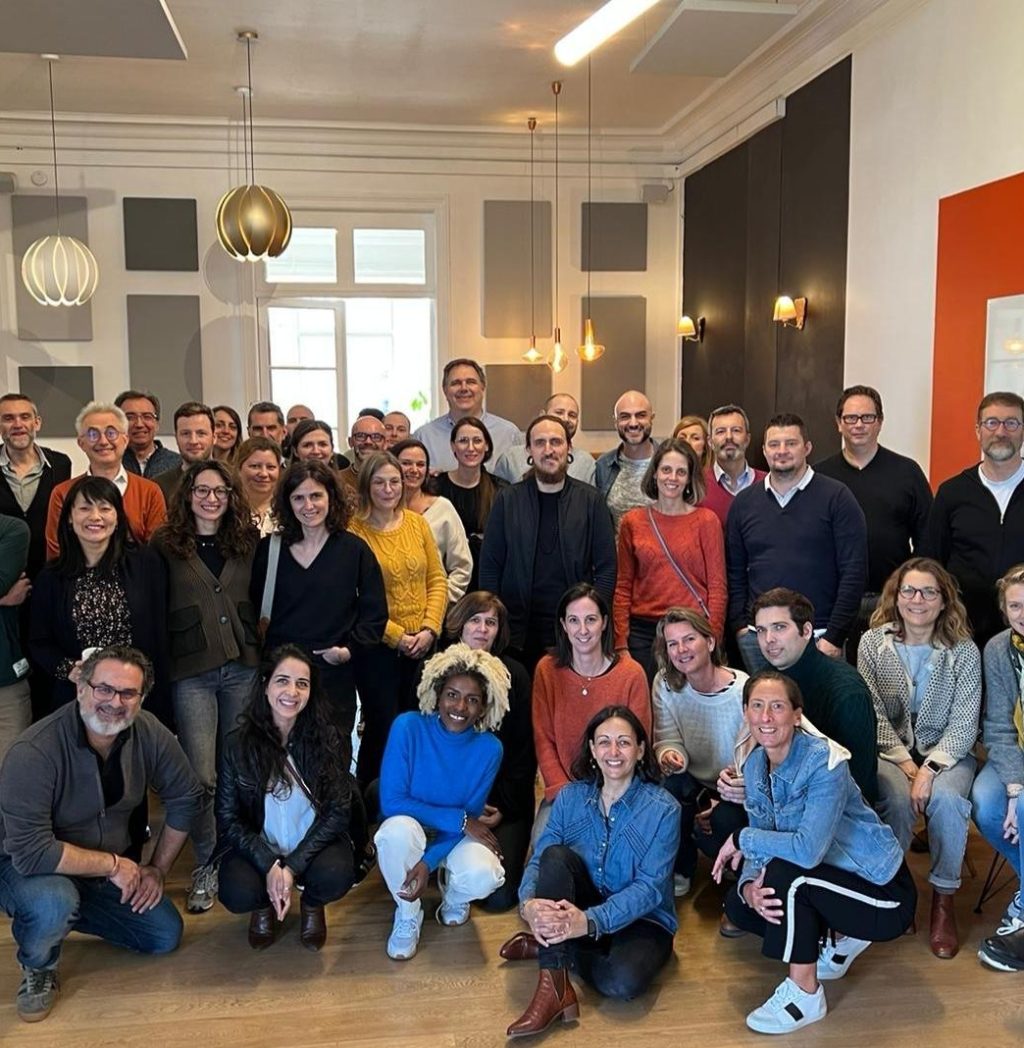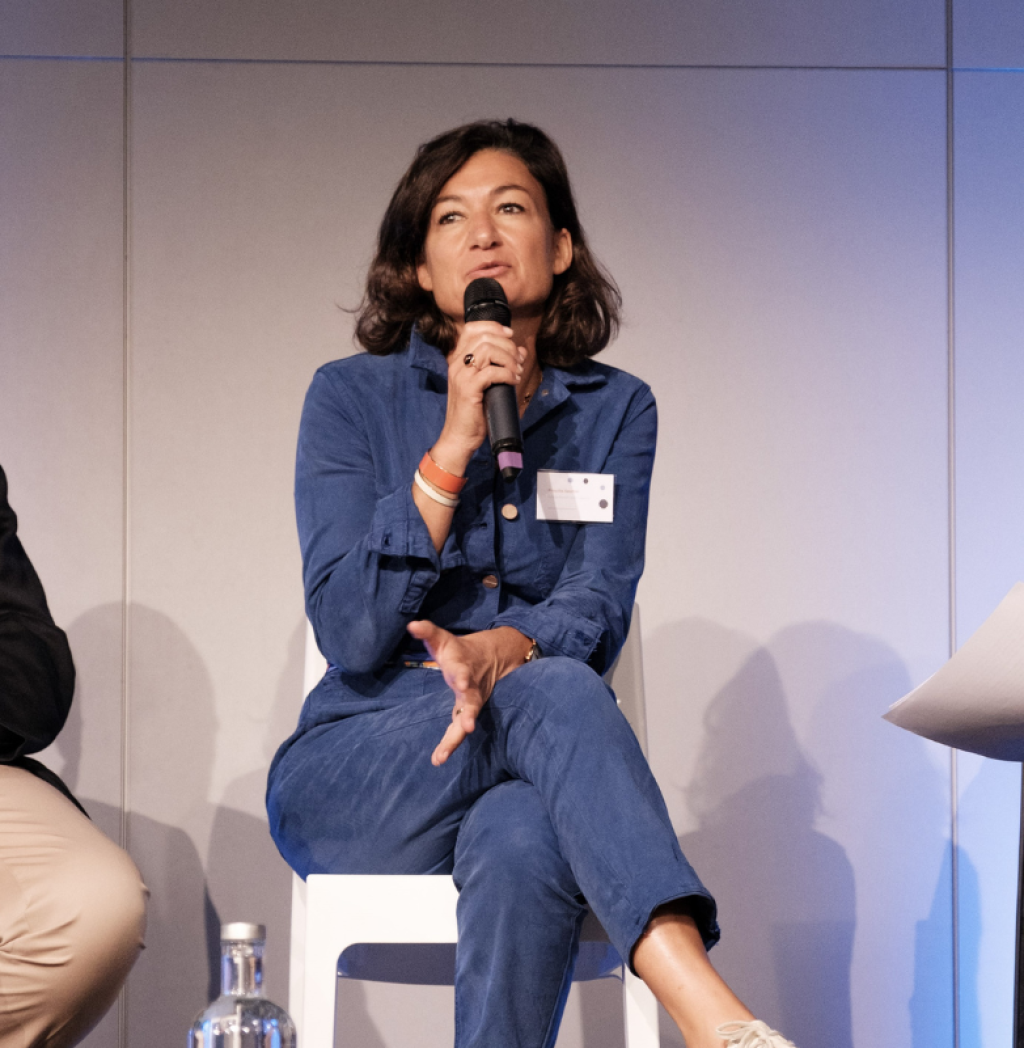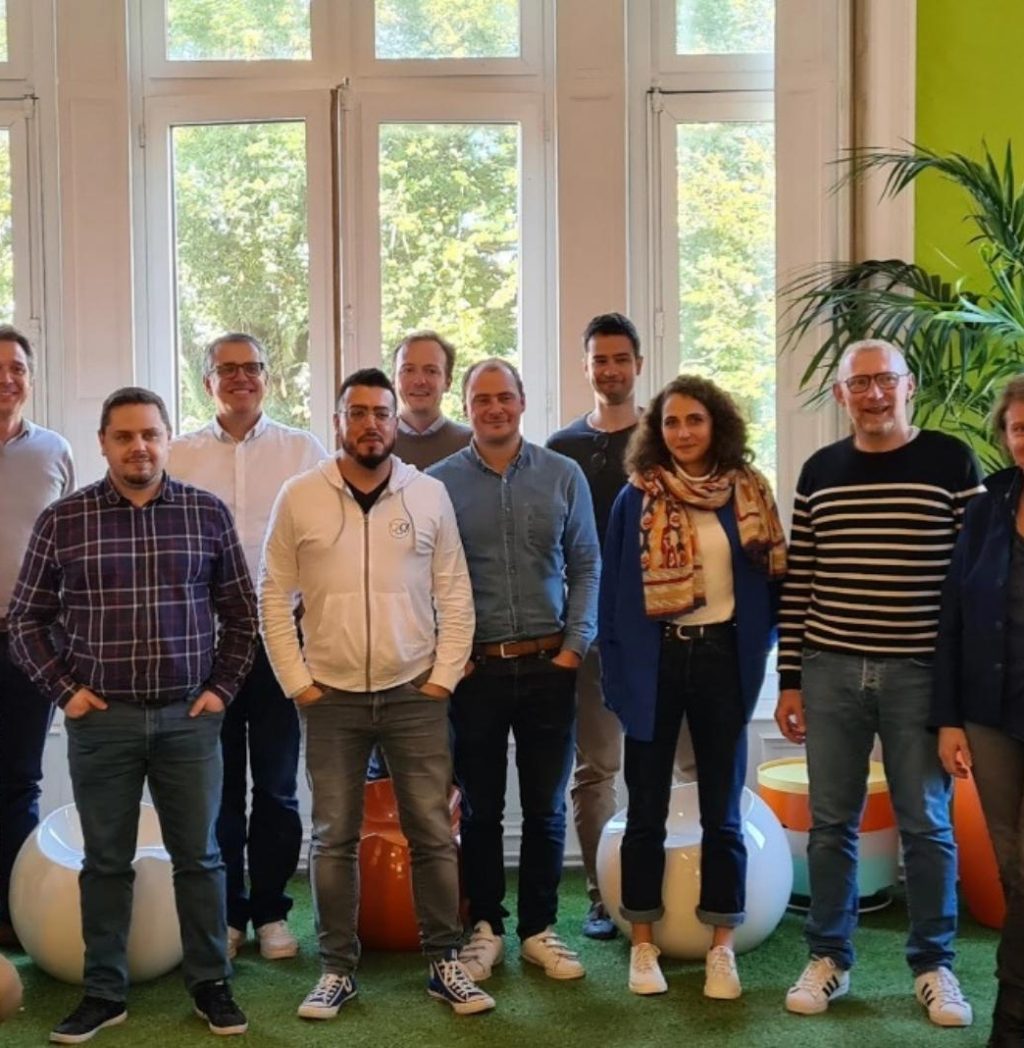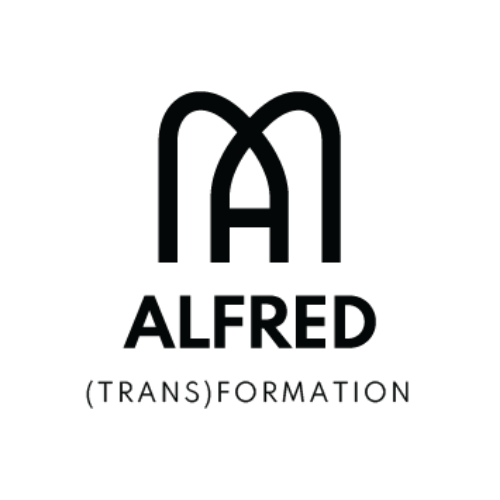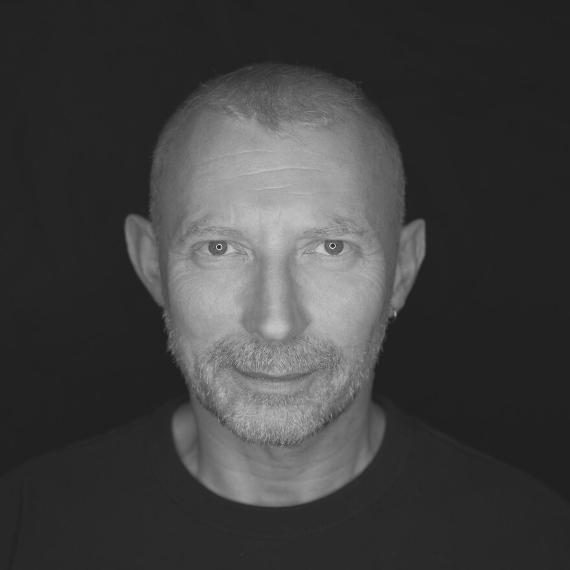MANAGING COMPLEXITY AND TRANSFORMING MY BUSINESS ? YES, BUT HOW? - Olivier Bérut
Managers and especially leaders must today transform their team (or their company) in a world that is changing and which, in addition, presents them with existential challenges. Saying it has become commonplace. But how to do it, in practice?
Founder and director of the consulting firm We can perfect the world !
Duration
- Face-to-face / remote
- Number of days: 3
- Management
- Strategy
- Creativity
- Total hours: 21
Prices
- Price per participant in INTER :
- On demand
- INTRA price :
- Quotation
Profile and Requirements
- Managers
- Member of management team
- Leader
- Shareholder
- Number of participants: 6 to 12 people
Dates
On demand
Objectives
- Discover a tool (several millennia and from Eastern thought) to decipher your team (its management or its company) differently, with the metaphor of the living: The Five Act .
- Understand, describe and manage your team (its management, its company) as a living being (and not just as a machine)
- Based on the specificities of living things, challenge the diversity, functioning, strategy and purpose of your team (management, company).
- Rediscover the power of the living: resilience, agility, creativity… and its requirements: healing, meaning and will.
Program
- My company, a living being: review of the last two years to be convinced ! (experience sharing)
- How to apprehend, understand and use this dimension of life in the company? : a journey into Chinese and then Eastern wisdom.
- Discovery of the Five Acts model First application of the model to oneself
- Second application of the model to his team
- Third application of the model to the strategy (2 days)
- The concept of season
- Strategic diagnosis
- Construction of an action plan
- Fourth application of the model to creativity then innovation (day 3)
- Creativity :
- The conquest of the wood
- The meaning of fire
- Earth action
- The requirement of Metal
- Water learning
- Innovation :
- The Wood season
- Creativity :
We leave with
- DAY 1: meeting the Living
- make a personal decision (I am the first living being on my team!)
- make a managerial decision (my team is alive: so what?)
- DAY 2: A bit of strategy:
- From my long-term vision to my short-term action decisions
- DAY 3: Innovation and Creativity :
- We will start from the concrete questions brought by the participants.
We tell you more
For ten years, the main model of Chinese thought (the “Five Actions”) has been used by leaders,
managers but also researchers (Sciences of Complexity and Sciences of Organizations). Why ?
- THREE CURRENT CHALLENGES FOR OUR COMPANIES:
- The company, a living being !
Our Western and Cartesian culture understands the company with an implicit metaphor: the company works like a machine. This metaphor is effective: it makes it possible to rationally organize the company (Taylorism, Total Quality Management, project management, re-engineering, etc.). But, in any organization, there is also desire, paradoxes, stakeholder strategies, energy and quite a few other components that do not come under the « machine »: managers know this well. The « company-machine » metaphor therefore has its limits. We need meaning, « why », symbols! What if we looked at the company as a living being ? - The emergence of « CO »
New, collaborative * functionings are appearing today in our companies (communities, co-design – with customers, employees, suppliers -, “crushed” hierarchies, expectations of « Y » and « Z », etc. ). More prosaically, within a CODIR, even if the objectives can be assigned to specific Directors, almost no objective is really under the exclusive control of a single person: to move forward, a Director will in practice need, at a time or another, the help of one or more colleagues. Silos are practical for thinking about expertise and professions, but they are ineffective for providing our customers with a truly exceptional experience (our customers don’t really care how our companies are divided up!). However, what makes a customer live an exceptional experience is precisely that everyone has done their job (see the silo) but that in addition everyone has ensured a transmission at the border of their perimeter. And suddenly, the silos are also a problem for our employees. And if cooperation was a major issue in the performance of our companies, how to manage it? - The change in management
Our management is often challenged on these issues, especially since if we have a lot of tools to manage an individual (missions, objectives, evaluation interviews, training, etc.), we are much less well equipped to manage the collective (team, collective project, meaning, performance, etc.). In addition, a real revolution is going through management and making it experience a historic change (that the « liberation of energies » embodies, for example). « Before », the manager assigned the tasks (so you had to think about the skills), evaluated the work and, above all, he knew HOW to do it. Today, the manager must carry the meaning (why), motivate and dare to be in front of his teams without knowing HOW (but suddenly having methods of creativity and agility so that the collective invents the HOW in the name of the WHY of which the manager remains the guarantor). What if we supported our managers to make this change a success ?
- The company, a living being !
- A 5,000 year old answer…
Chinese culture has looked at the world for more than 5,000 years as « peasants ». This produced concrete and effective models, of astonishing modernity and simplicity, particularly suitable for the company. These models may well be among the oldest that Man has produced, but they are also compatible with the sciences of complexity (systemic, mathematics of chaos, fractals, etc.)… because, deeply, they look at reality as a be alive. Change, interdependence, cooperation, individual and collective performance, but also co-control are beautifully and simply described in the Five Acts model. This tool also helps to think and practice a sustainable business and management (because apprehended analogously to the living). This tool is used to manage complexity and cooperation. It allows us to manage the collective, mirroring our classic tools (which allow us to manage individuals).Concretely, the Five Acts describe the living… precisely as that which cooperates and changes permanently. So, to be fit, a man needs a heart, liver, lungs, etc. Each organ must be in good shape (excellence of the “silos”) but, to be healthy, these organs must also be collectively united (cooperation between them). For 10,000 years, the model that has been used by the Chinese doctor to treat individuals… has also been used by the Emperor to govern the Empire. Our companies are between the infinitely small of the individual and the infinitely large of the Empire: this model also works in our organizations.
Three laws are based on this model:
- The law of existence: living being presupposes that five functions are ensured:
- The WOOD function (grow, conquer): in business, Wood is Development;
- The FIRE function (giving meaning): in business, Fire is Management;
- The EARTH function (to achieve): in business, the Earth are people and customers;
- The METAL function (measure): in business, Metal is Management Control, Finance, Legal, etc. ;
- The WATER function (transmitting): in a company, Water is material capital (shareholders) and immaterial capital (culture, brands, patents, etc.).
In companies, this law makes it possible to work on the excellence of the professions, the intercultural but above all the management of diversity (the Five Acts are also a human typology).
- The law of co-generation:
- These Five Dynamics must create value, for themselves and for the collective.
- They must also motivate each other.
- In business, this law questions management: bearer of meaning / vision? joy of employees AND joy of customers ? fair distance to its teams ? talent use ? etc.
- The law of co-control:
- Every Act controls and is controlled.
- In business, this law makes it possible to (re)think the strategy and to reflect on the balance between the actors: over-control in fact amounts to destroying…
This model therefore allows :
- A practical understanding of the human (oldest known human typology);
- Concrete lighting in management (for its new missions);
- A pragmatic understanding of strategy (how to organize our companies to meet their challenges?).
It also allows the manager:
- To manage the company as a living being ;
- To manage the stakeholders of its ecosystem differently ;
- To make sense of and use analog (symbolic) thinking, in addition to Cartesian thinking ;
- To manage complexity.
Other training from this coach
